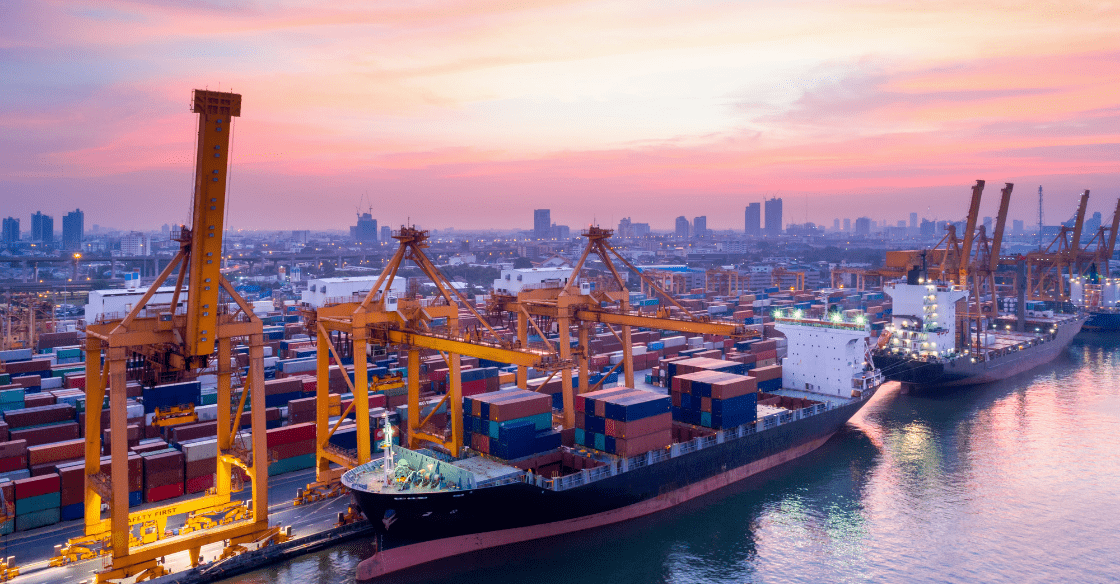Sea transport, or sea freight, is one of the most common ways to transport large containers and shipments. It maintains popularity despite recent challenges, including rising shipping container prices and difficulties meeting supply chain demands during a global pandemic.
While these challenges have been well-documented, particularly over the last year, misconceptions remain about sea transport and the best way to navigate this global industry. Learn how to avoid costly mistakes and transportation delays to make your transport chain better.
1. Sea Transport Is Expensive
Sea transport can be expensive, especially with recent price increases due to low capacity, rising demand and a shortage of ships, workers and even dock space. It can be much less expensive if you plan ahead, though. That way, you’re not dealing with last-minute pricing challenges for a large volume of cargo.
When dealing with added costs, consider strategies that include other modes of transportation and timing your shipments around price fluctuations. The months approaching the holidays, for example, are an apparent time where prices can increase due to the added consumer demand.
For cost-efficient sea transport, try to plan and be as adaptable as possible to keep costs steady.
2. Delays Are Inevitable
Delays can happen, especially when the shipping industry is behaving in a more volatile way. The events over the last year have upended the industry, with shipping delays worsening as a result.
Timing challenges are not inevitable, though. The following will help keep your shipping plan on track:
- Planning ahead
- Ensuring that you’ve filed the appropriate paperwork
- Considering the most efficient routes
Certain things can happen that delay cargo ships. Natural disasters are unexpected and unpredictable. It’s always best to leave buffer time when plotting out your shipping needs to account for challenges that you simply can’t plan for otherwise.
3. There Is No Flexibility
There are specific procedures to follow when making sure shipments get from one place to another. These guidelines are critical when shipping globally. That doesn’t mean there’s no flexibility when it comes to timing, shipping materials used for your goods, or even routes for your sea transport.
A more flexible approach to your shipping needs could save you some money down the line. Make sure that you’re using appropriately-sized containers and considering fluctuations in shipping rates. You may also find that incorporating road transport or bulk carriers into your plans gets your goods to where they need to go more quickly and at a lower cost.
A logistics solution provider can certainly help you find ways to ensure a more flexible process, so your goods arrive on time.

4. You Can Ship Anything Wherever You Want
Every mode of shipping transportation has a set of restrictions that are important to know and understand before coming up with a shipping plan. Those restrictions can also vary depending on where they are going, as countries can set their own import and export rules.
It’s also important to note that any shipments are subject to inspection for any reason. Trying to sneak anything through by failing to list items on a packing list is prohibited and could come with a hefty fine.
Contacting a third-party shipping company could help you answer any questions about prohibited items. They can also ensure that you’ve completed any necessary paperwork on items that require it, including a review of a bill of lading, avoiding costly delays and potential fines.
5. Shipping Rates Are Easy to Predict
Shipping rates are one of the areas in sea transport most prone to fluctuations. That makes them difficult to predict, forcing companies to include some buffer in their budgets to account for increases.
Changes in the global economy, new shipping regulations introduced worldwide, and general supply and demand shifts can all be behind changing shipping rates. The industry also goes through periodic shipping rate increases that affect carriers across the board.
While it can be less complicated to pinpoint when seasonal shipping rate changes may occur, consider planning well ahead of time around the winter holidays.
A savvy business will always be prepared to account for shifting shipping rates in a cost-effective manner.
6. The Process is Difficult to Navigate
Any shipping process can be challenging to navigate. If you’re sending or receiving anything internationally, you’ll have to follow customs protocols or face costly fines. You’ll also need access to the correct paperwork, deadlines, and shipping containers for sea transport.
Sea transport solutions don’t have to be difficult to navigate, though. With the proper support, you can keep your project and shipping needs as budget-friendly as possible. Contact HLOG today to learn more about how we can meet your company’s shipping needs. Our industry experience as a third-party shipping provider is unmatched.


